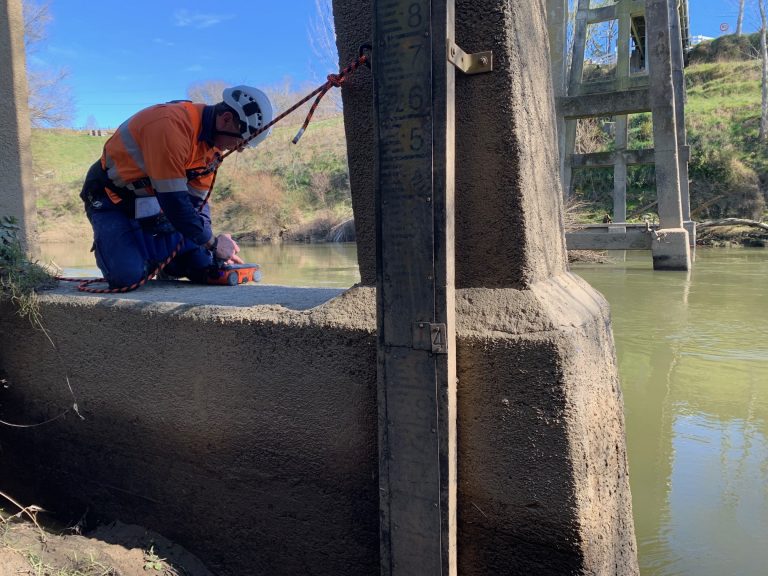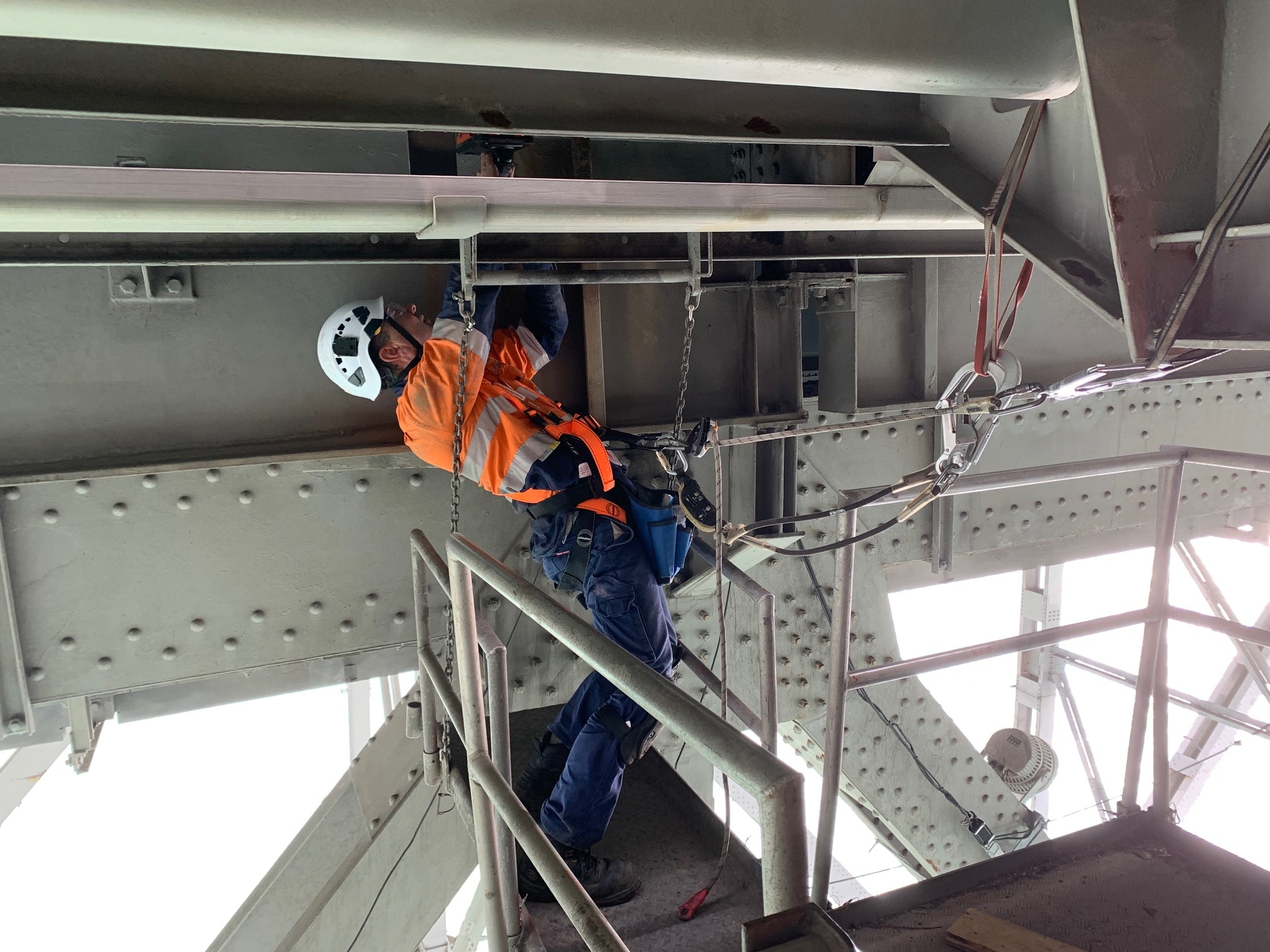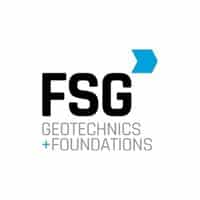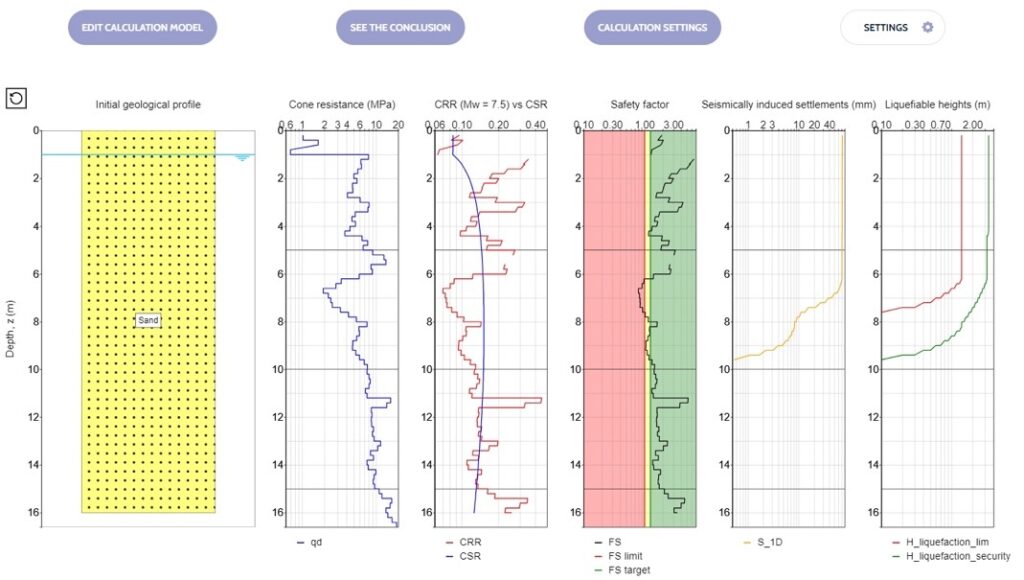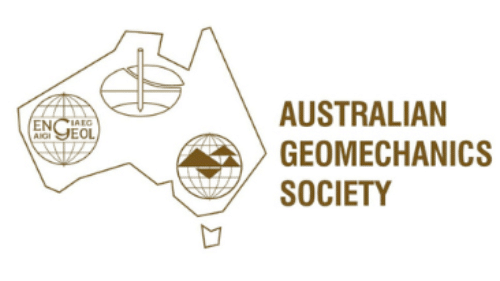We specialise in bridge deck and bridge structure condition assessment to understand deterioration and asphalt overlay thickness for profiling / milling and bridge load design. We also undertake structural scanning to detect and provide 3D maps of reinforcing steel in reinforced concrete for piers, pile caps, concrete beams, floor slabs, walls, etc.
Using ground penetrating radar and infrared cameras (infrared thermography), we are able to:
- Measure asphalt thickness (overall and layer depths) on the bridge deck prior to asphalt profiling / milling
- Mark location of reinforcing steel and provide 3D models
- Identify expansion joints
- Locate moisture ingress
- Detect voids / cavities
- Determine deterioration, degradation and spalling of concrete
- Measure concrete cover to reinforcing steel

Understanding asphalt depth is a critical planning element prior to milling the surface with profiling machines. Its important to understand where expansion joints are and understand how the asphalt thickness changes across the structure. Sometimes we see significant asphalt thickness variations on different sections of a bridge.
Our approach is all part of reducing the risk of cutting into the concrete structure and into the steel, during the pavement milling process. Not only would this damage the bridge deck but the profiling machine too.
Advantages
The benefits of our approach include:
- No traffic control or lane closure is required, meaning traffic isn t interrupted, highway workers aren t exposed to safety hazards and costs are dramatically reduced.
- No invasive destructive coring to calibrate
- Calculates pavement layer depths to a high accuracy
If bridges are in close proximity, we maybe able to assess multiple bridges within the same project.
Our clients include government road authorities, private asset owners, airports, ports, civil contractors, civil engineering consultants and utility companies.
What outputs do I get?
We provide easy to read reports summarising all key findings and anomalies. We also provide:
- ASCII Files Compatible with other Software and Databases
- Excel Spreadsheets
- Geospatial Mapping
How does our Ground Penetrating Radar (GPR) work?
Our GPR system has antennas mounted on a moving vehicle. The antennas transmit short pulses of radio wave energy into the pavement. As the energy travels through the pavement structure, it creates a reflection when it hits different materials, such as asphalt to crushed rock. The strength of the reflections, and the time it takes to travel through the concrete can be used to calculate the thickness and other properties.
To find out more, Contact Us.

